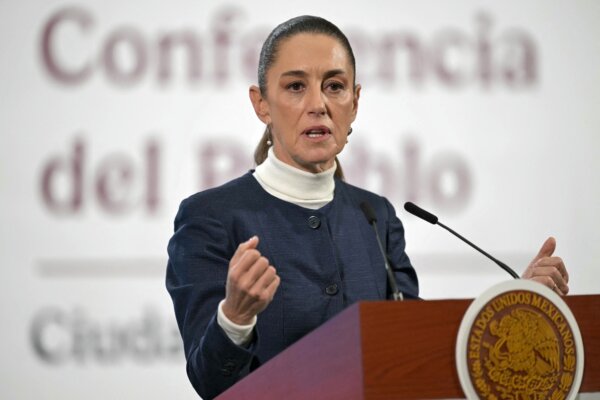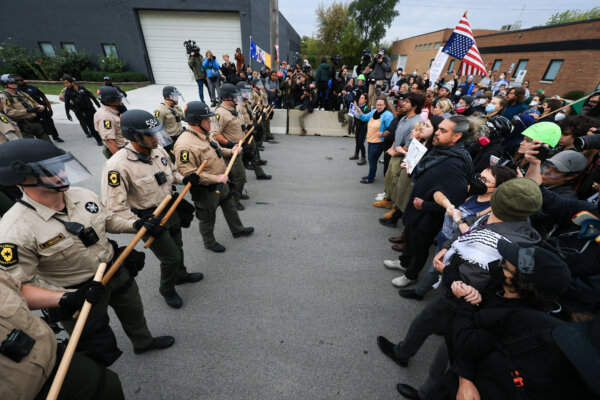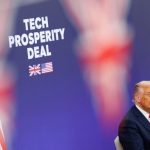![]() President Donald Trump said on July 31 that he will not raise U.S. tariffs on Mexican goods for 90 days following a “very successful” call with Mexican President Claudia Sheinbaum.
President Donald Trump said on July 31 that he will not raise U.S. tariffs on Mexican goods for 90 days following a “very successful” call with Mexican President Claudia Sheinbaum.
“The complexities of a deal with Mexico are somewhat different than other nations because of both the problems, and assets, of the border.”
Following the current arrangement, Trump said, Mexico will continue to be subjected to a 50 percent levy on aluminum, copper, and steel and a 25 percent tariff on automobiles.
The president also stated that Mexico had “agreed to immediately terminate its Non Tariff Trade Barriers, of which there were many.” He did not point to specific trade restrictions that would be removed.
Trump and senior administration officials have regularly cited concerns surrounding fentanyl trafficking and trade imbalances. But Mexican leaders have spotlighted their efforts to reduce the flow of fentanyl entering the United States.
Sheinbaum also confirmed her call with Trump.
Trump had previously threatened to increase the blanket tariff rate on Mexican goods entering the United States to 30 percent from the current level of 25 percent.
Aug. 1 Deadline
The Aug. 1 deadline is nearing, and Trump has confirmed that the date “will not be extended.”
But while higher U.S. tariff rates are set to go into effect, Treasury Secretary Scott Bessent says this does not mean other countries cannot negotiate better terms.
Appearing at a policy event with conservative publication Breitbart News, Bessent urged companies, investors, and U.S. trading partners “not to panic” as nations “can still do a deal” after the Aug. 1 deadline.
“You’re just going to go back to your April 2 reciprocal tariff level,” he said, adding that these higher import duties could be applied to any market for any length of time, be it “for three days” or “for three months.”
“You can continue negotiating. I would expect that it’s going to be a busy August.”
This week, the president and his team announced various trade developments.
Trump said on July 30 that India would face a 25 percent tariff on goods, plus an extra import tax because of its Russian oil purchases.
“They have the most strenuous and obnoxious non-monetary Trade Barriers of any Country.”
South Korea, meanwhile, reached a last-minute agreement with the United States.
The Asian economic powerhouse will face a new tariff rate of 15 percent, avoiding a 25 percent levy.
In exchange, Seoul agreed to zero percent tariffs on a range of U.S. products, including automobiles and agricultural items. Additionally, South Korea will invest $350 billion in U.S. projects and buy $100 billion worth of U.S. energy, particularly liquefied natural gas.
Earlier in the week, Bessent and Trade Representative Jamieson Greer met with their Chinese counterparts in Stockholm for two days of talks.
While no significant breakthroughs occurred, the two sides floated the idea of extending the current 90-day tariff pause—the deadline is Aug. 12—by another 90 days. Trump has yet to confirm if he will extend it.











